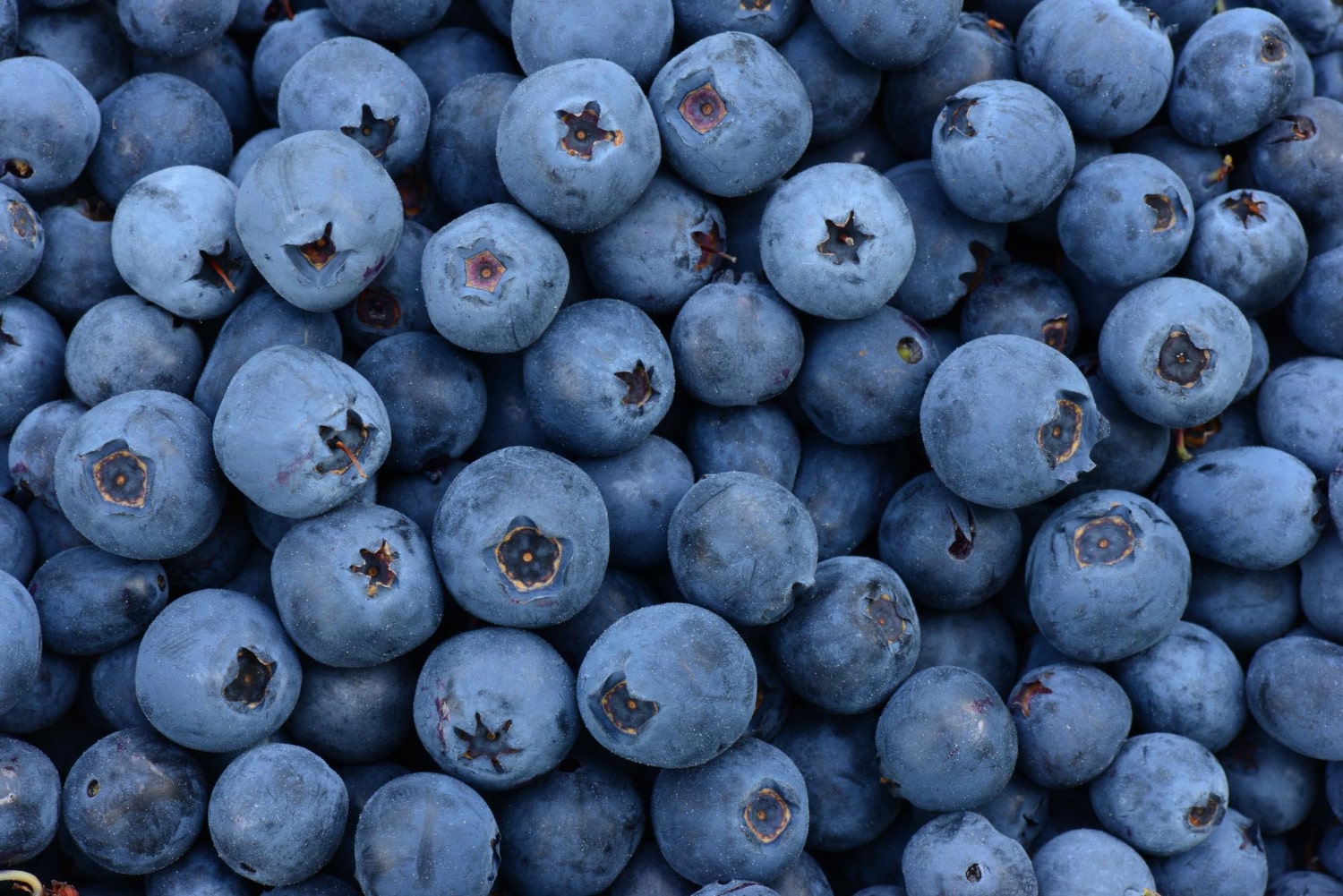Blueberries are not just delicious forest fruits but a true natural treasure packed with vitamins, antioxidants, and nutrients. Their deep blue-violet color and gentle taste have made them a favorite among dietitians, chefs, and lovers of a healthy lifestyle. For thousands of years, blueberries have played an important role in traditional medicine, cuisine, and the culture of many nations. These interesting facts about blueberries will show why they are considered a superfood and how they have influenced science, health, and everyday life. Below are fascinating details you might not have known before.
- Blueberries are among the oldest forest berries known to humankind. Archaeological evidence shows that people ate them more than 13,000 years ago. They were used not only as food but also as a natural dye for fabrics and leather.
- Blueberries contain exceptionally high levels of antioxidants, especially anthocyanins, which give them their dark blue color. These compounds slow down cell aging, strengthen the immune system, and support heart and vascular health. For this reason, blueberries are often called the fruit of youth.
- It is interesting that blueberries can improve eyesight, especially night vision. During World War II, British pilots ate blueberry jam before night flights, believing it helped them see better in the dark. Although scientific proof is limited, anthocyanins do have a positive effect on the retina.
- Blueberries grow in northern regions of Europe, Asia, and North America. They are perfectly adapted to cold climates and acidic soils. In the wild, blueberry bushes can live for decades, producing small but highly nutritious fruits each year.
- Blueberries are made up of more than 80 percent water, which makes them excellent for quenching thirst and refreshing during hot weather. They are low in calories, making them ideal for weight management. The fiber they contain supports digestion and keeps the intestines healthy.
- In folk medicine, blueberries are known for their anti-inflammatory and antibacterial properties. Infusions made from blueberry leaves have long been used to help treat diabetes by lowering blood sugar levels. Blueberry juice has been used as a natural antiseptic for cleansing wounds.
- Blueberry juice was historically used as a natural dye. It was applied to color fabrics, yarn, and even parchment, giving them a rich blue or purple shade. In ancient times, people also added it to wine to enhance its color.
- Scientific research has shown that regular consumption of blueberries improves memory and cognitive function. Polyphenols in the berries stimulate brain activity and improve blood circulation. This is why blueberries are often recommended for people engaged in intellectual work.
- There are over 400 species of blueberries and related plants in the heather family. The most well-known are the European blueberry (Vaccinium myrtillus) and the North American highbush blueberry (Vaccinium corymbosum). Although they look similar, they differ slightly in taste and nutritional composition.
- In North America, blueberries are a symbol of summer and happiness. Many regions celebrate blueberry festivals with baking contests, tastings, and parades. In Canada, blueberry maple syrup is considered a beloved national delicacy.
- Blueberries help prevent cardiovascular diseases. Thanks to their flavonoids, they strengthen blood vessels, lower cholesterol levels, and improve circulation. Regular consumption supports a healthy heart and overall vitality.
- In ancient times, blueberries were considered magical berries that could ward off evil spirits. They were collected only at dawn or after rain when the berries glistened in the sunlight. People believed that such berries had special energy and brought good fortune.
- Blueberries can grow even in mountainous regions. At altitudes above 2,000 meters, they ripen more slowly but develop a sweeter and more intense flavor. Mountain-grown blueberries are often richer in nutrients and aroma.
- Blueberries help detoxify the body. Thanks to their high antioxidant content, they support the liver and kidneys in removing harmful substances. They are frequently included in detox and healthy eating programs.
- Blueberry honey is a rare but valuable product. Bees collecting nectar from blueberry flowers produce dark honey with a light fruity aroma. It contains more antioxidants than regular honey and is especially beneficial during the cold season.
- Blueberries are widely used in cooking. They are used to make jams, juices, pies, compotes, smoothies, and ice cream. They also pair well with dairy products, meat, cheese, and pastries.
- Blueberries have a positive effect on the skin. Extracts from blueberries are used in creams and masks that moisturize the skin, increase elasticity, and slow down premature aging. Their antioxidants promote cell renewal and give the skin a natural glow.
- Blueberries can improve mood due to their content of B vitamins and magnesium. They help reduce stress, relieve fatigue, and promote calmness. Blueberry smoothies are often recommended for a healthy and energizing breakfast.
- Blueberries are rich in vitamin C, which strengthens the immune system and helps fight colds and infections. They support faster recovery and are especially beneficial in autumn and winter.
- Fresh blueberries have a mild aroma, but their scent intensifies during cooking. That is why blueberry pies and jams smell stronger than fresh berries. The heat releases essential oils and aromatic compounds, giving them their signature fragrance.
Blueberries are a true wonder of nature, combining flavor, health, and beauty. These interesting facts show how such small fruits can bring enormous benefits to human health and inspire people around the world. They continue to fascinate chefs, doctors, and scientists alike. After learning these amazing facts, you may find yourself loving blueberries even more and including them more often in your diet.





